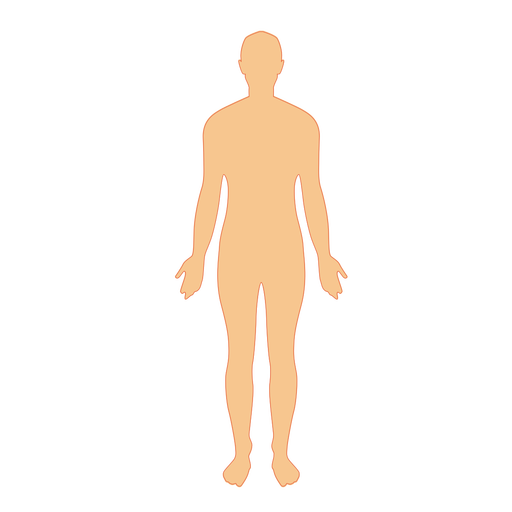BREATHING PROCESS
Breathing (inhalation)
When you breathe in, or inhale, your diaphragm contracts (tightens) and moves downward. This increases the space in your chest cavity, into which your lungs expand. As your lungs expand, air is sucked in through your nose or mouth. The air travels down your windpipe and into your lungs. After passing through your bronchial tubes, the air finally reaches and enters the alveoli (air sacs).
Breathing (exhalation)
When you breathe out, or exhale, your diaphragm relaxes and moves upward into the chest cavity. The intercostal muscles between the ribs also relax to reduce the space in the chest cavity.
Breathing out requires no effort from your body unless you have a lung disease or are doing physical activity. When you're physically active, your abdominal muscles contract and push your diaphragm against your lungs even more than usual. This rapidly pushes air out of your lungs.

